The Best Stability Running Shoes For Overpronation
Stability running shoes offer extra support to reduce your chances of injury. Here are our top kicks picks for overpronators
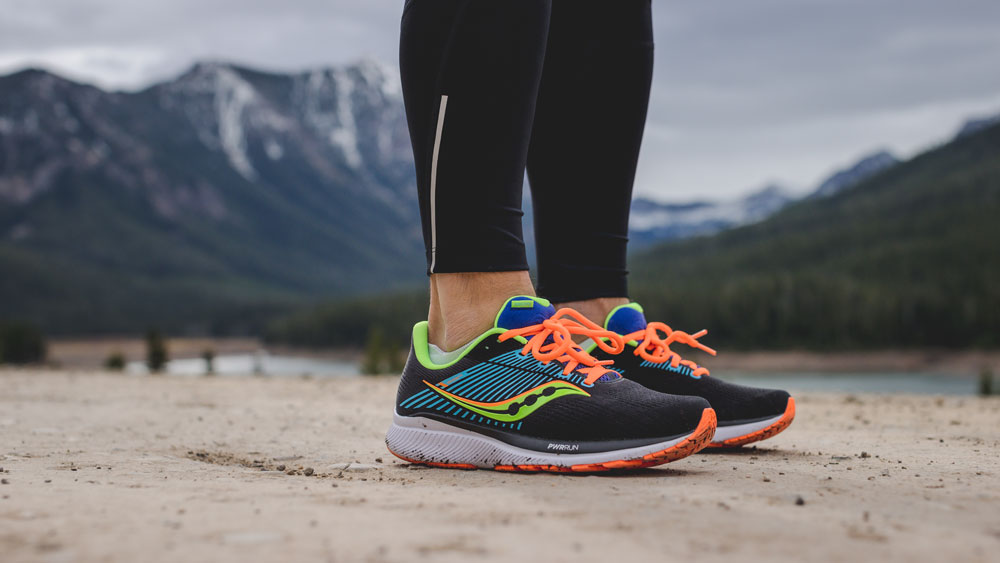
If you’re a new runner, or an experienced paved-surface pounder with a worrying habit of picking up injuries, getting your gait checked is recommended.
Most running shops will provide a basic gait analysis for free and this will give some insight into the best running shoes for you. For example, if gait analysis shows that you overpronate when running—your foot rolls excessively inwards when landing—then a stability shoe may be your best bet.
This isn’t cut and dried. We asked an expert whether you need special running shoes for flat feet and he told us it’s best to go with whatever shoe you find comfortable. However, overpronation can mean that your body doesn’t absorb the impact of running as effectively as it could, and this can be a contributory factor in developing injuries.
Almost all running shoe brands offer stability shoes alongside their neutral models, and in recent years stability shoes have become less firm and heavy owing to new techniques that create stability. As a result, the best stability shoes are now also a good option for neutral runners who want extra support—perhaps for long runs during marathon training.
How I Test Stability Shoes
I’m a neutral runner, but have tested a wide range of stability shoes over the past eight years. I am familiar with the top model for overpronators in most brands’ ranges. I usually run around 50-70 miles a week and will sometimes use a stability shoe for longer runs when marathon training, in order to get extra support.
The Best Stability Running Shoes
You can trust Coach
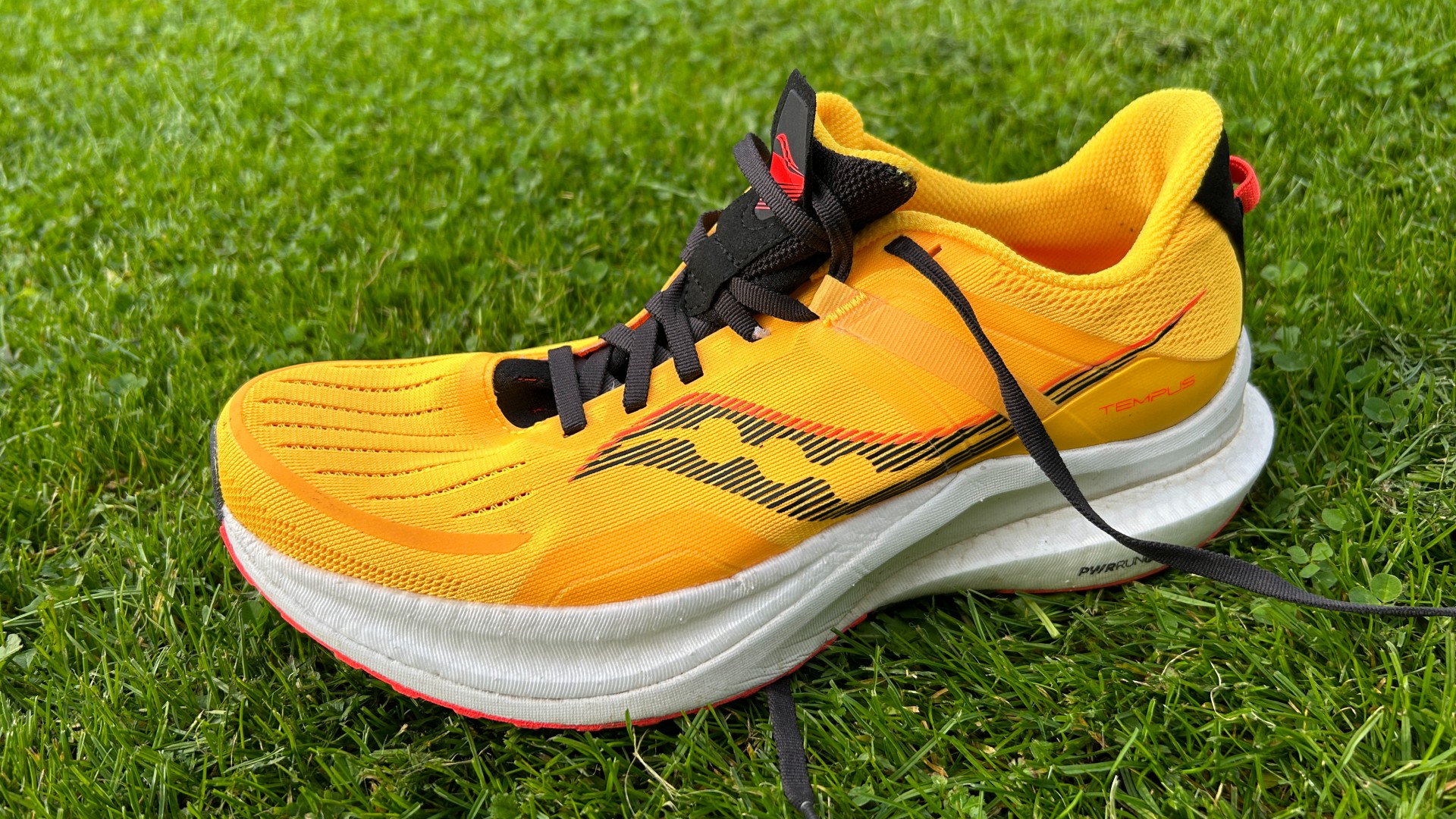
Specifications
Reasons to buy
Reasons to avoid
The Saucony Tempus is the most enjoyable stability shoe we’ve ever run in, with a soft and bouncy ride that is still stable. That’s mostly down to the combination of foams in the midsole: Saucony’s lightweight PEBA-based PWRRUN PB foam, which delivers the bounce, and a firmer foam called PWRRUN, which forms a supportive frame around the softer material that guides your foot into a neutral position while running.
This combination of foams makes the Tempus lighter and livelier than most stability shoes – so much so that it can hold its own as a versatile daily trainer that runners of all types will enjoy, even those who don’t need its stability features. One downside is the high price, but if you need a stability shoe and want something just as fun as the best daily trainers used by neutral runners, the Tempus is your best bet.
Read more in our Saucony Tempus review
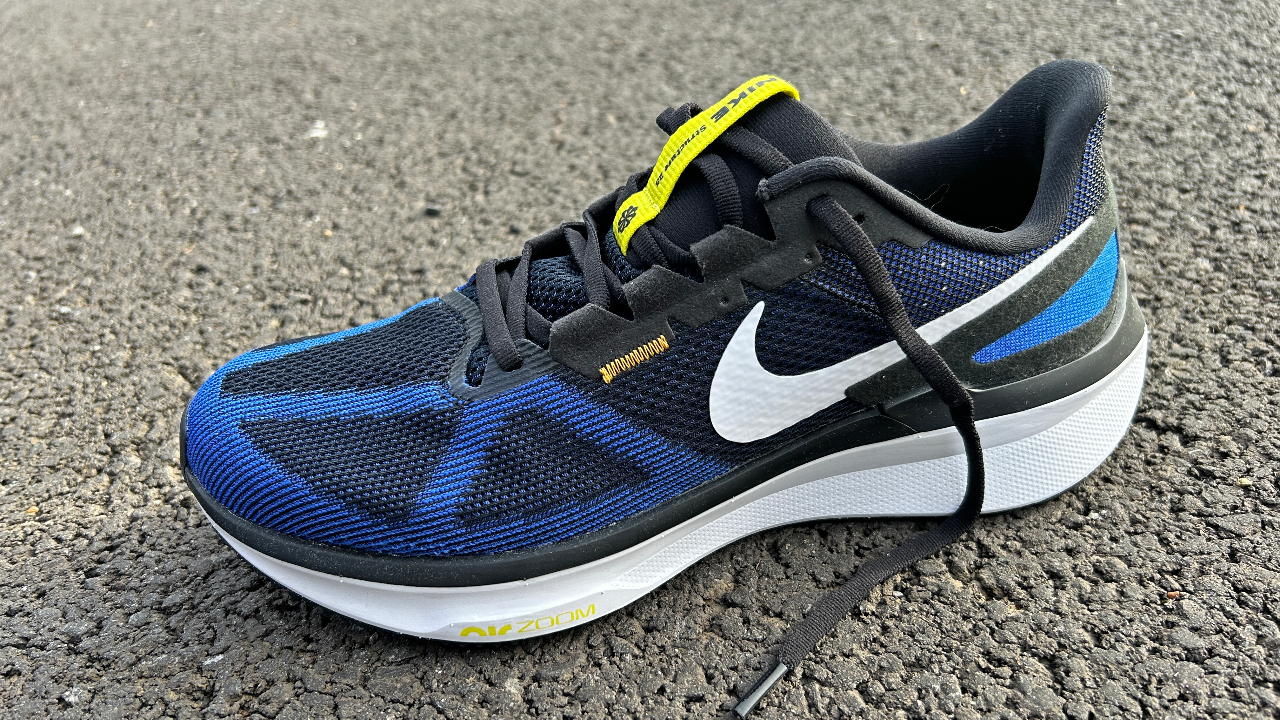
Specifications
Reasons to buy
Reasons to avoid
The Nike Structure 25 is not amazingly cheap, yet it delivers value in two ways. The first is that it’s a top candidate to be reduced every time Nike has a sale, so you may well get it for significantly less than $100/£100 if you wait. The second is that it’s a durable shoe with a thick outsole and firm midsole foam that will last many hundreds of miles.
I didn’t find it the most exciting shoe during my testing, and it’s not a versatile shoe either, working well only for easy paces. The Structure 25 will hoover up a lot of relaxed daily training miles, though, and its stability features aren’t intrusive or uncomfortable, so neutral runners seeking extra support can use it too.
Read more in our Nike Structure 25 review
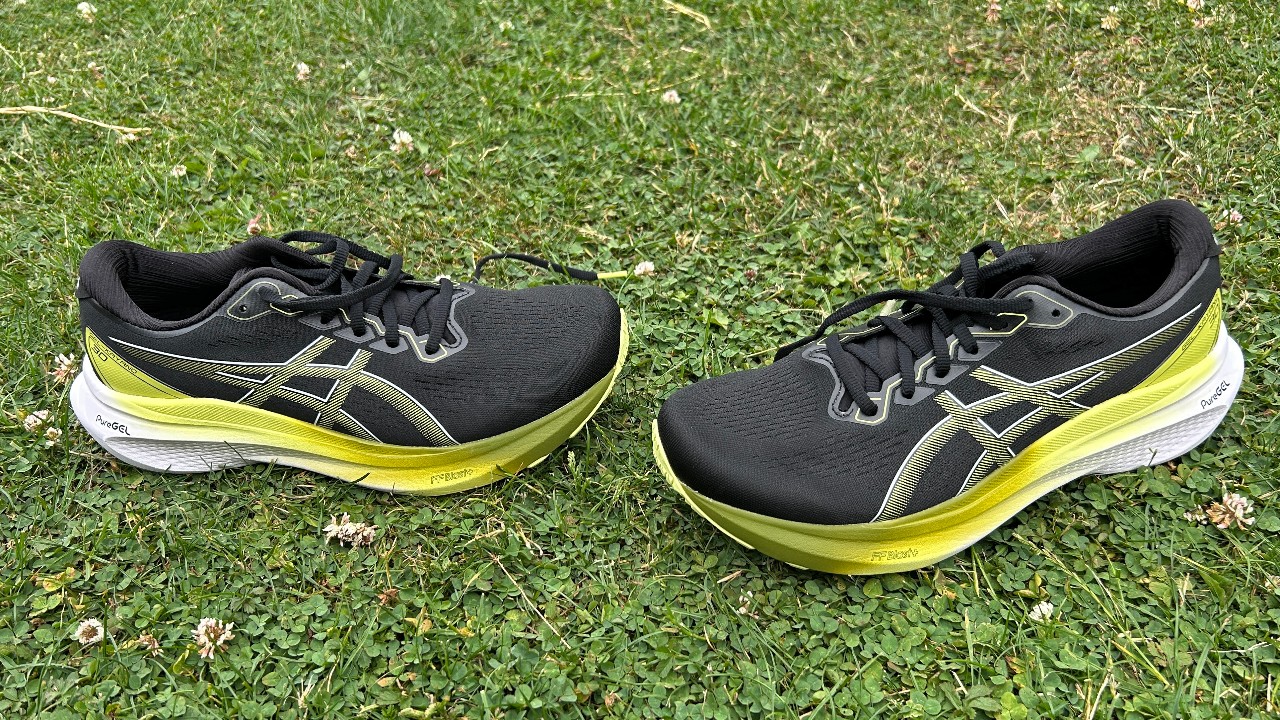
Specifications
Reasons to buy
Reasons to avoid
For overpronators, the Gel-Kayano has been a long-term favorite, so Asics’ overhaul of the shoe, with the 30th edition, isn’t without some risk of alienating its fans. However, the changes make the Gel-Kayano 30 a more comfortable and enjoyable shoe, and it’s now a great cushioned option for neutral runners, as well as those who need stability.
Instead of using a medial post to create stability, Asics has used a combination of features, such as sidewalls of foam, a wide base and a softer, springy foam on the medial side of the shoe that bounces your foot into a neutral position, rather than blocking off inwards rolling. The changes add up to a soft, but not squishy, shoe that’s ideal for easy and long runs.
Read more in our Asics Gel-Kayano 30 review
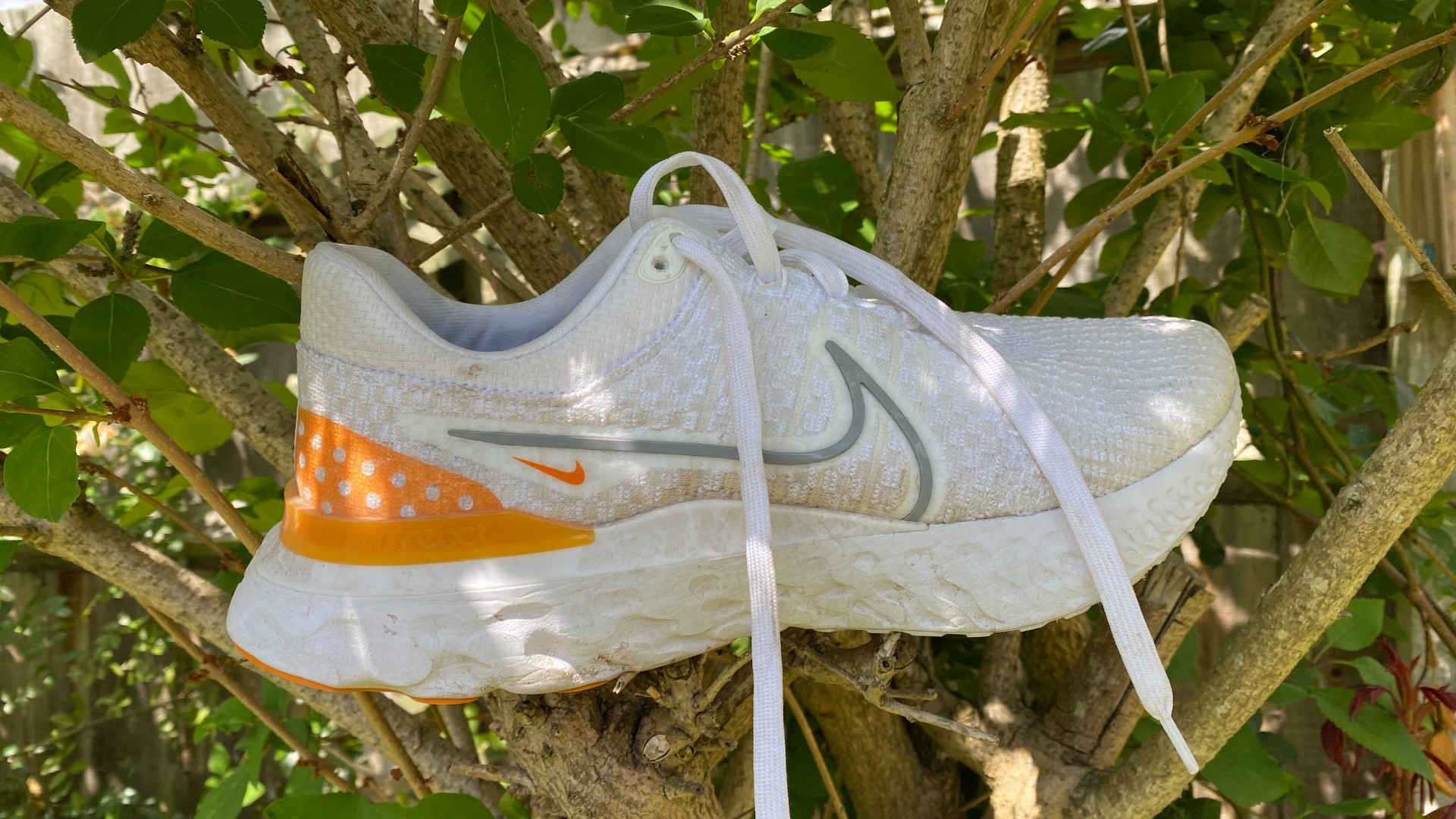
Specifications
Reasons to buy
Reasons to avoid
Not every runner needs a stability shoe, but almost every runner can benefit from having a touch of extra stability in their shoe at times. Stable neutral is a category that’s growing in popularity as a result, and the Nike Infinity Run 3 typifies this kind of shoe. It’s a neutral shoe with stability features like a wide base and a large plastic clip around the heel. The React foam in the midsole is also fairly firm, which helps with stability, while the rocker shape means that the ride is still comfortable for racking up the miles in training. The Infinity Run line is renowned for its durability and while the shoe is a little pricy at its full RRP, the 3 is very similar to the 2 and you could bag a bargain if you spot the previous version in a sale.
Read more in our Nike React Infinity Run Flyknit 3 review
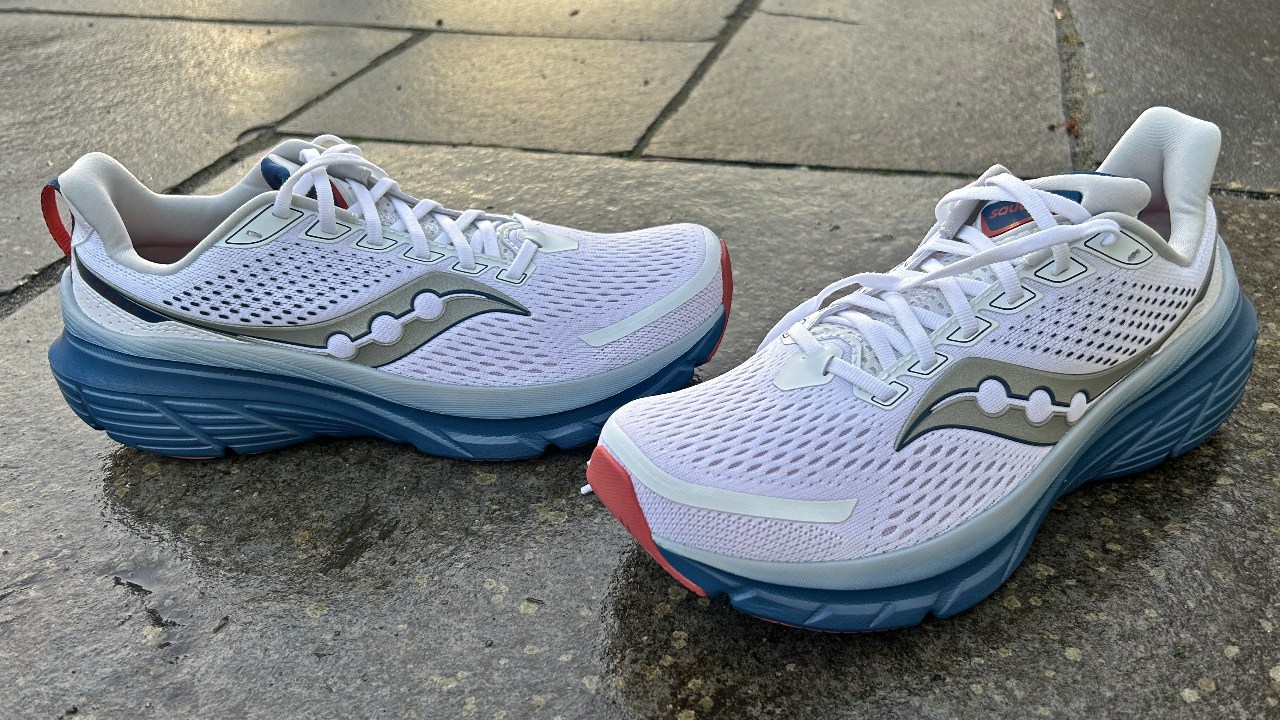
Specifications
Reasons to buy
Reasons to avoid
The Saucony Guide 17 is a comfortable stability shoe that uses features like a wide base and sidewalls of foam (that cradle the foot) to add support, rather than medial posting. It’s a big shoe but not all that heavy, and its rockered design helps you to roll through runs smoothly. It’s at its best when ticking off easy runs, especially recovery runs, the day after a workout when the extra support it provides is appreciated. However, it can also handle speedier stuff, like tempo runs, and is a good all-round daily trainer.
The Guide 17 is also cheaper than some of the top stability options, and a good-value alternative to the Asics Gel-Kayano 30 in particular, though the Asics shoe is more cushioned for those craving the ultimate in comfort.
Read more in our Saucony Guide 17 review
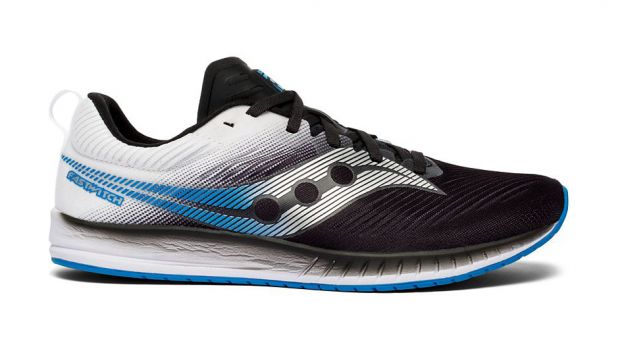
6. Saucony Fastwitch 9
Specifications
Reasons to buy
Reasons to avoid
If you’re a committed runner building a serious collection and are happy to splash out for a pure racing shoe, the Fastwitch 9 is the best choice if you need some stability with your speedy flat. It weighs under 200g and is all about getting you to the finish line as quickly as possible. As a result its stability features aren’t as supportive as you’ll find on other training shoes in this list, and it doesn’t have much cushioning, but that’s the trade-off you make when you’re cutting weight to set some PBs.
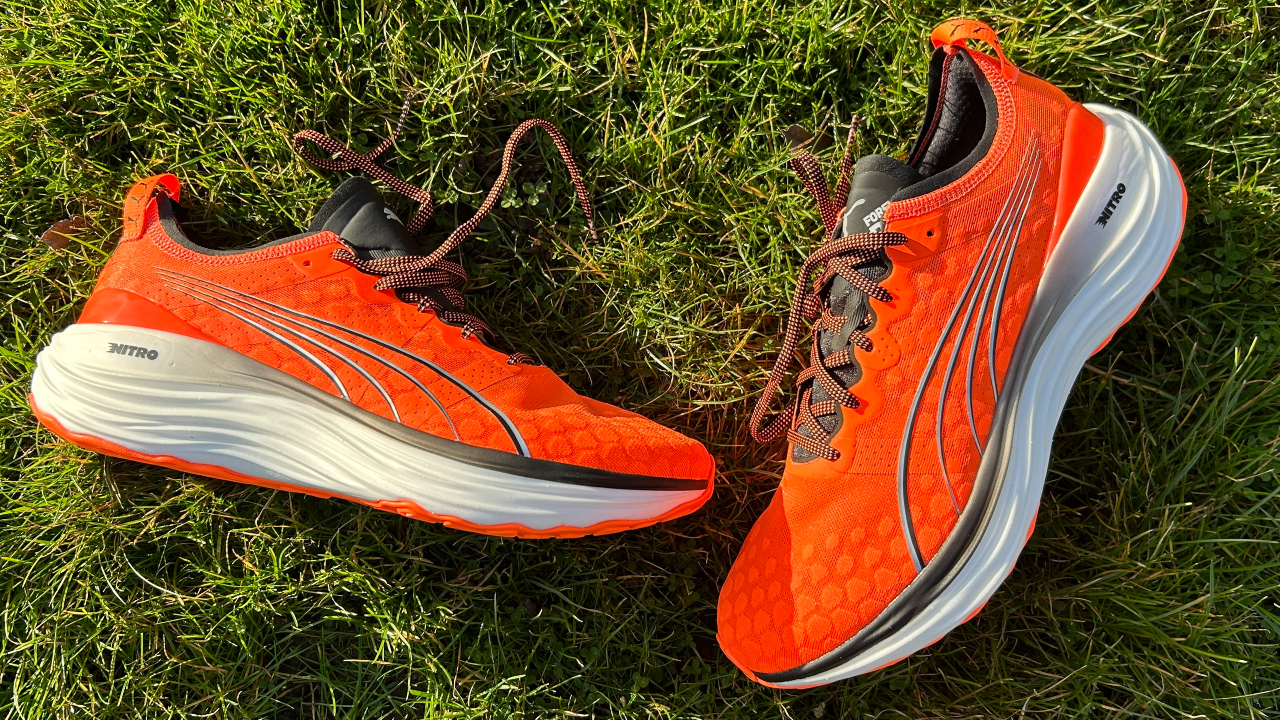
Specifications
Reasons to buy
Reasons to avoid
The ForeverRun Nitro creates stability through its dual-density midsole, with a firmer rim of foam surrounding a softer, bouncier core. The shoe also has a wide base and a long heel clip, plus side walls of foam to add more support. Despite these stability elements and the high midsole stack, it’s a light shoe, and beginners will find it versatile enough to handle all their running. It’s also a comfortable shoe for neutral runners to use as an easy-day option, and the PUMAGRIP outsole provides reliable traction on wet pavements and light trails.
Read more in our Puma ForeverRun Nitro review
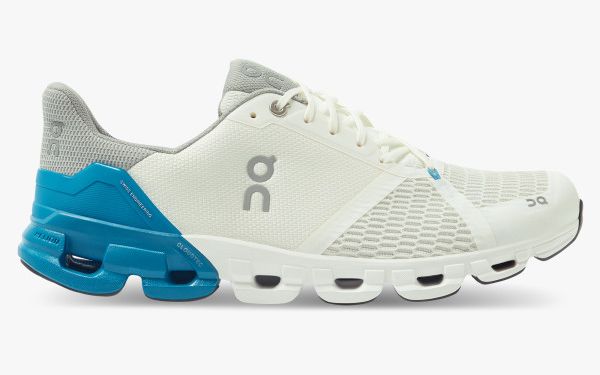
8. On Cloudflyer
Specifications
Reasons to buy
Reasons to avoid
Most stability shoes tip the scales at over 300g, because the extra features in the shoe that help counter overpronation often add weight. The Cloudflyer stands out as a relatively lightweight option at 291g in the men’s UK 9 we tested, and it still has a big chunk of On’s distinctive cushioning on the bottom to provide a comfortable ride. The support in the shoe isn’t overbearing either, so it’s a comfortable option for long runs. This is the third version of the Cloudflyer, and if you’re buying from an online retailer double-check you’re getting the latest edition because On doesn’t number its shoe lines.
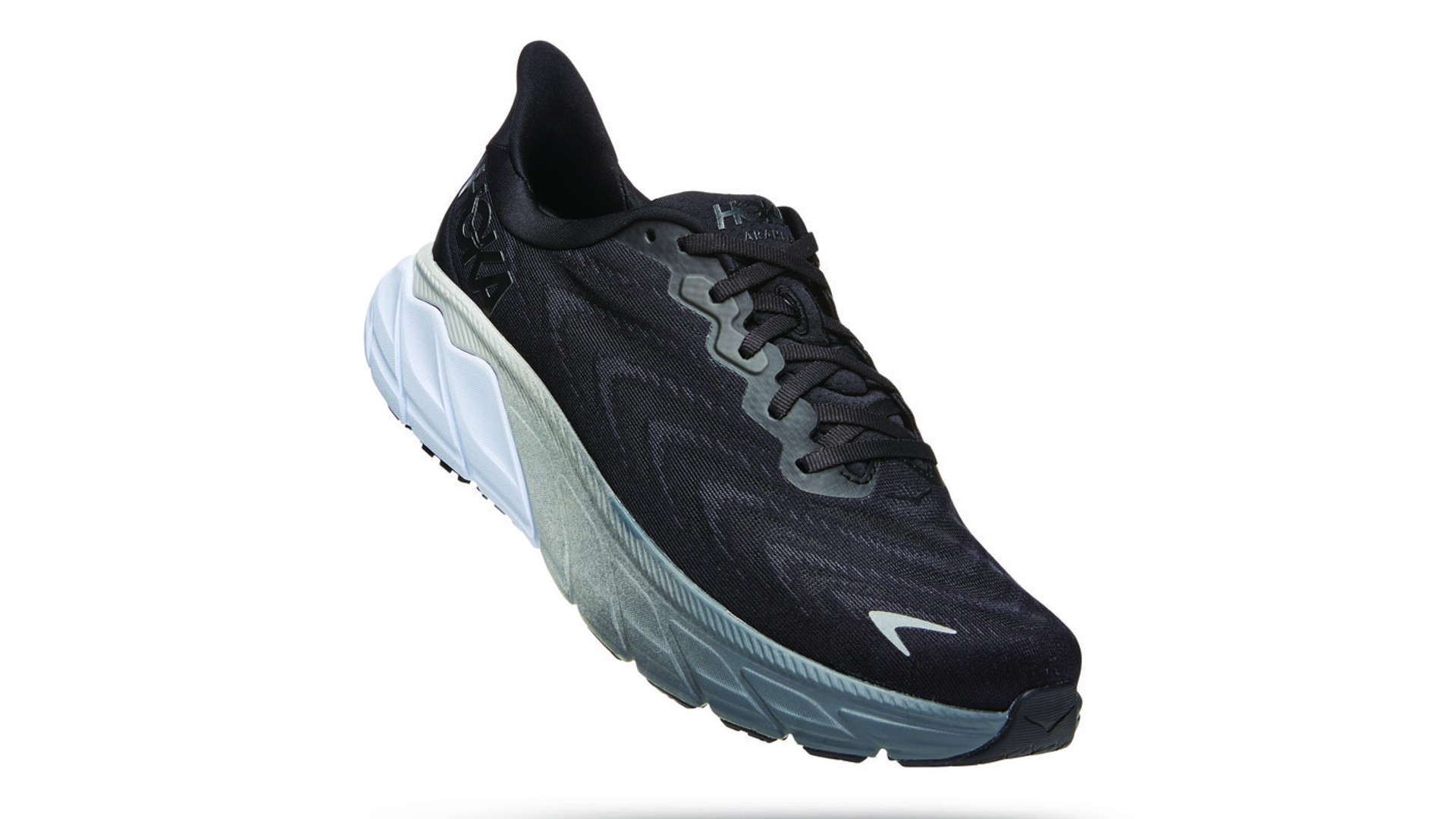
9. Hoka One One Arahi 6
Specifications
Reasons to buy
Reasons to avoid
One of the lightest stability shoes we’ve come across, the Arahi 6 also has a firm, responsive ride that makes it a great option for faster running. The shoe uses a J-Frame in the midsole to provide stability, and has Hoka’s rocker geometry to smoothly roll you through your footstrike. Despite the high stack of cushioning, some find the Arahi too firm to use it regularly for easy and long runs, especially those who expect a similarly plush ride to Hoka’s other shoes like the Clifton or Bondi.
Stability Running Shoes Buying Guide
What is the difference between stability running shoes and neutral shoes?
Stability running shoes use several methods to counter overpronation. In the past the most common method was a medial post—a firmer section of foam in the midfoot on the medial side of the shoe—that blocked the excessive roll of your foot.
This is still used, but many brands have adopted more subtle approaches to stability. Many now have a firmer frame of foam that runs around the outsides of the shoe, or just along the sides at the back, which helps to keep your foot centered while running. This approach was pioneered by Brooks with its GuideRails system, which is still used on many shoes.
Other common methods used to make shoes more stable are a wide base and an elongated heel clip, a system that works in a similar way to guide rails. Many brands also use sidewalls made of the midsole foam that your foot sits within.
What is a stable neutral running shoe?
A stable neutral shoe is still mainly a neutral shoe, rather than a stability shoe, but has some elements that increase its stability. These will commonly be a wide base plus sidewalls of foam, and stable neutral shoes often use firmer midsole foams as well, rather than very squishy ones that are inherently wobbly.
Stable neutral shoes can be useful for neutral runners seeking a little extra support, or people who just need a small amount of stability from their shoes and have found that sticking only to full stability shoes limits their choices.
Do stability shoes make a difference?
Stability shoes undoubtedly make a difference in reducing the amount a runner pronates. Whether that means they make a difference to your overall risk of injury is a different question, and a harder one to answer. Scientific studies into the question have generally concluded that stability shoes don’t reduce injury risk.
Do overpronators need stability shoes?
In line with the above, the science doesn’t suggest that overpronators must use stability shoes. In general the best advice seems to be that runners should go with the shoe that feels right to them. However, if you do overpronate and are suffering related pain, it is certainly worth trying stability shoes to see if you enjoy running in them.
Do you need stability shoes if you supinate?
Supination is the opposite of pronation, so your foot rolls outwards during running. It is sometimes known as underpronation. Stability shoes in general are designed to counter overpronation, and supinators are usually best served by a neutral running shoe. Once again, however, going with what feels right is usually the best choice.
Get the Coach Newsletter
Sign up for workout ideas, training advice, reviews of the latest gear and more.

Nick Harris-Fry is a journalist who has been covering health and fitness since 2015. Nick is an avid runner, covering 70-110km a week, which gives him ample opportunity to test a wide range of running shoes and running gear. He is also the chief tester for fitness trackers and running watches, treadmills and exercise bikes, and workout headphones.
